28+ Sample Budget Marketing Plan
-
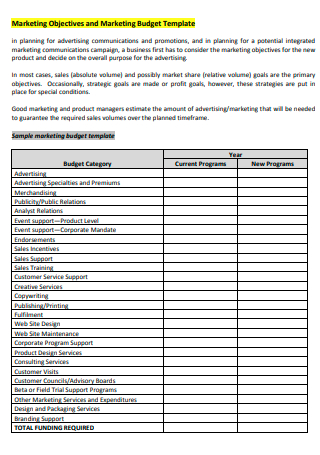
Budget Marketing Plan Template
download now -
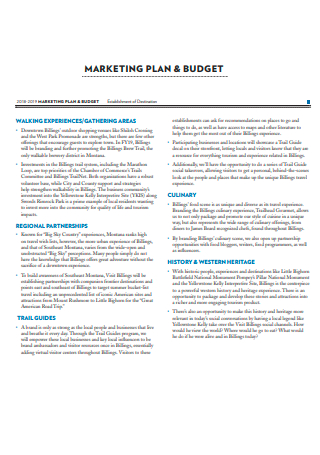
Basic Budget Marketing Plan
download now -
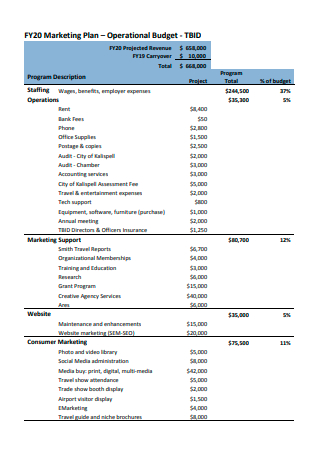
Operational Budget Marketing Plan
download now -

Budget Marketing Plan Example
download now -
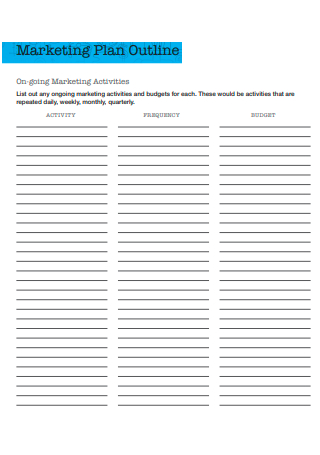
Budget Marketing Plan Outline
download now -
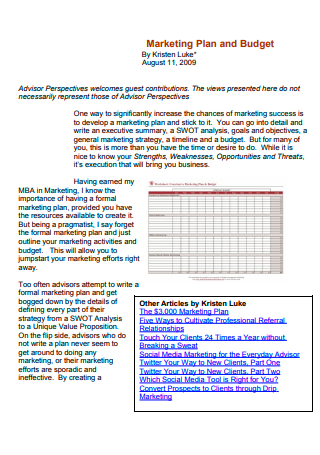
Budget Marketing Plan in PDF
download now -
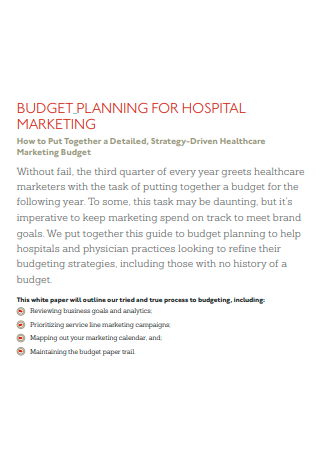
Budget Marketing Planning For Hospital
download now -
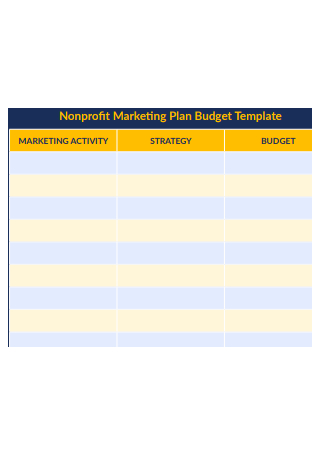
Nonprofit Budget Marketing Plan
download now -
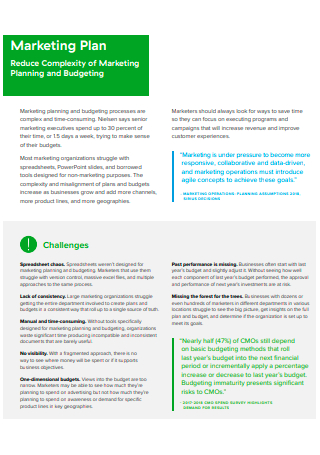
Budgeting Marketing Plan Format
download now -

Standard Budget Marketing Plan
download now -
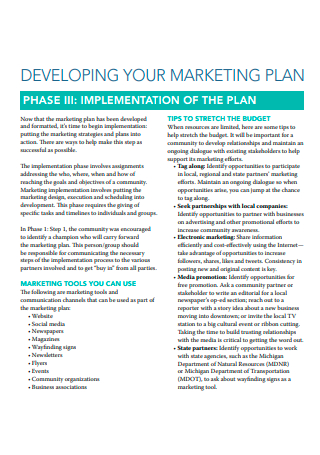
Developing Budget Marketing Plan
download now -
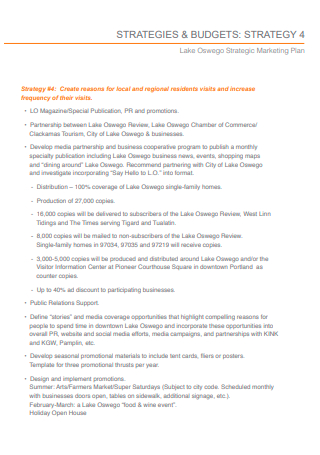
Strategic Budget Marketing Plan
download now -
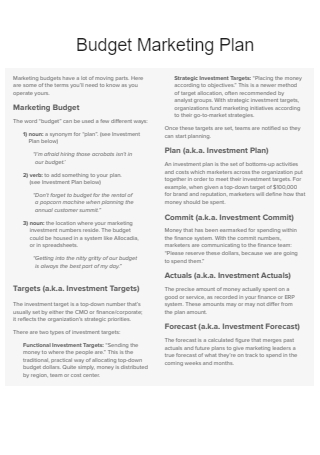
Printable Budget Marketing Plan
download now -
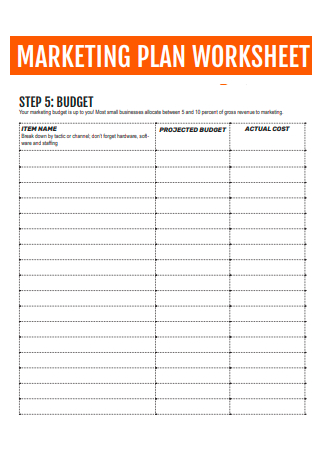
Budget Marketing Plan Worksheet
download now -
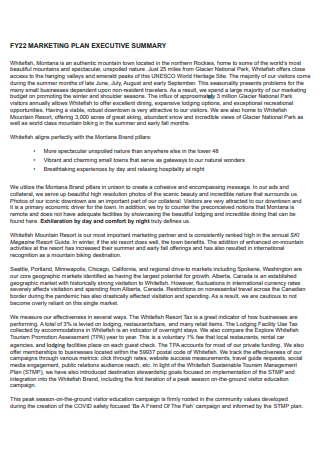
Simple Budget Marketing Plan
download now -
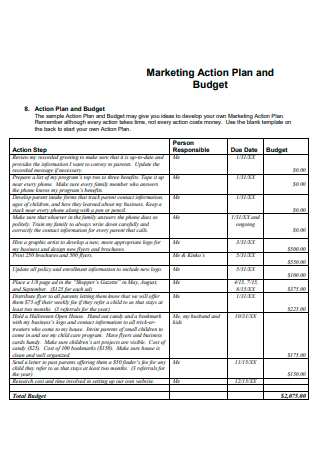
Budget Marketing Action Plan
download now -
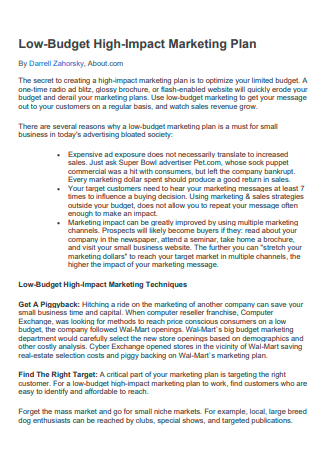
Low Budget High Impact Marketing Plan
download now -
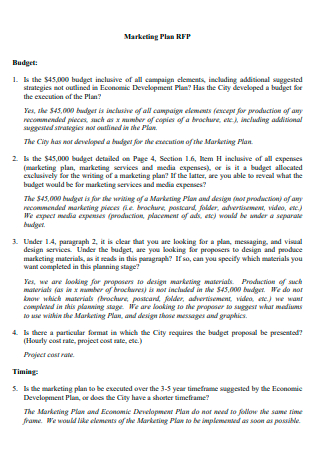
Budget Marketing Plan Format
download now -
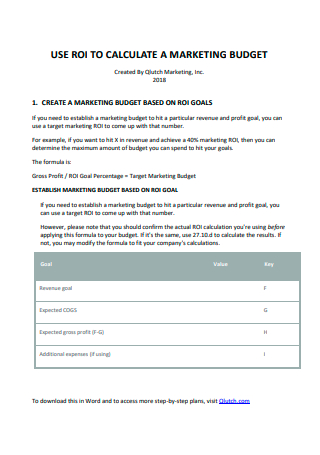
Draft Budget Marketing Plan
download now -

Institutional Budget Marketing Plan
download now -
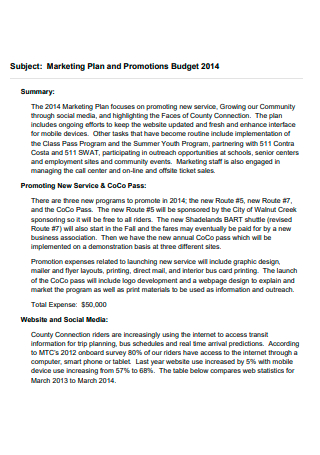
Budget Marketing Plan and Promotions
download now -
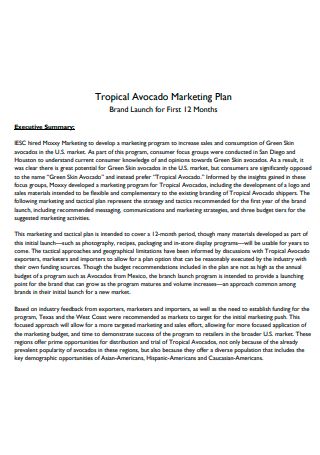
Formal Budget Marketing Plan
download now -
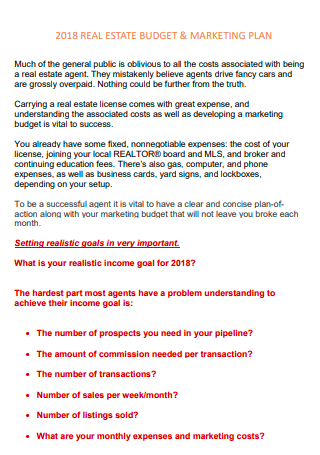
Real Estate Budget Marketing Plan
download now -
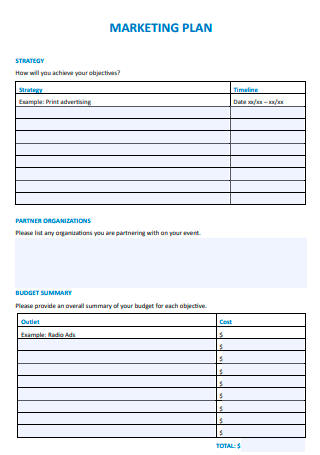
Sample Budget Marketing Plan
download now -
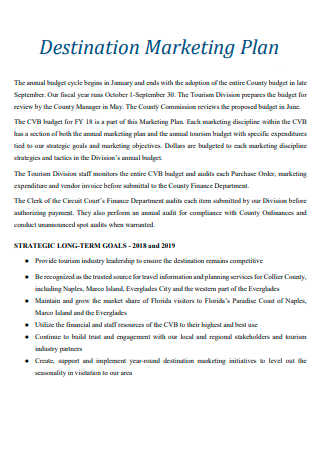
Annual Budget Destination Marketing Plan
download now -
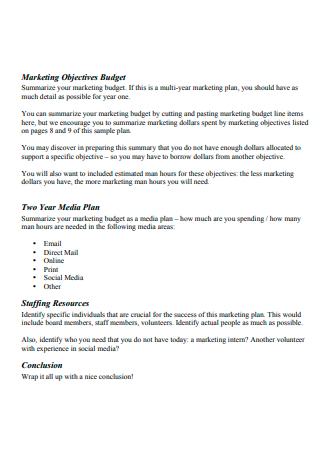
Budget Marketing Two Year Media Plan
download now -

Budget Marketing and Communication Plan
download now -

Economic Development Budget Marketing Plan
download now -
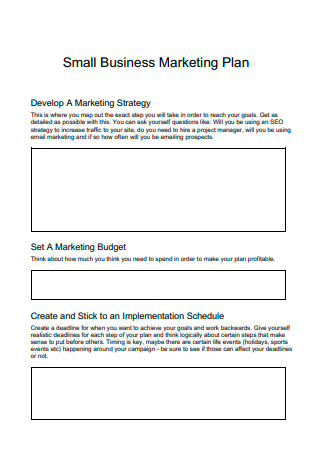
Small Business Budget Marketing Plan
download now
FREE Budget Marketing Plan s to Download
28+ Sample Budget Marketing Plan
a Budget Marketing Plan?
Benefits of a Budget
Types of Budgets
How To Create a Budget Marketing Plan
FAQs
What is included in budgets?
What are the five fundamental components of a budget?
What purpose does the four P’s of marketing serve?
What Is a Budget Marketing Plan?
A budget marketing plan is a breakdown of the marketing budget. Because marketing is segmented into distinct aspects and platforms, budgeting is critical. A marketing plan outlines the strategy, methods, and resources used and the associated expenses. You’ll need to examine various factors here, including social media marketing, multiple channel communication, new product launch, and traditional advertising. In general, your plan and budget keep all team members on the same page. In conclusion, it lays the groundwork for attaining your company’s goals and objectives. This means that you must always maintain a reasonable budget. According to the study, businesses should spend about 5% of their total revenue on marketing to maintain their current position. Companies that want to expand or gain market share should set aside a more significant part of their budget—usually about 10%.
Benefits of a Budget
Budgeting is a critical financial habit to develop. However, if you’ve never lived on a budget or haven’t reaped the benefits of budgeting, it’s natural to wonder why it’s such a vital element of personal finance. Thus, why is budgeting critical? Budgeting is crucial because it enables you to control your spending, manage your expenses, and save more money. Additionally, budgeting can assist you in making sound financial decisions, planning for emergencies, eliminating debt, and remaining focused on your long-term financial goals. Indeed, the remainder of this essay will delve much deeper into the necessity of budgeting and why it is such a considerable part of economic well-being.
Types of Budgets
Typically, your final budget is a compilation of inputs from numerous other departmental budgets. Consider the many sorts of budgets and how they contribute to the process of developing a company plan.
1. Master budget
A master budget is a collection of lower-level budgets prepared by an organization’s several functional departments. It makes use of financial statements, cash forecasts, and financial plans as inputs. Management teams use master budgets to plan the actions necessary to accomplish their corporate objectives. Senior management is responsible for developing numerous versions of the master budget before it is finalized in larger organizations. After the final evaluation, cash can be assigned to specific business operations. Smaller organizations frequently construct master budgets using spreadsheets, but substituting spreadsheets with efficient budgeting software typically eliminates errors.
2. Operating budget
An operating budget details a business’s anticipated revenue and associated expenses over a specific time. It is akin to a profit and loss statement. It is comprised of fixed and variable costs, capital expenditures, and non-operating expenses. Although this budget offers a high-level overview, each line item is accompanied by pertinent facts. This data helps determine whether the business is spending by its budget. In the majority of firms, management develops this budget at the start of each fiscal year. The document is updated monthly or quarterly throughout the year and can be used as a forecast for subsequent years.
3. Cash budget
A cash flow budget estimates the amount of money entering and exiting a firm over a specified time. Cash budgets are developed by organizations utilizing inferences from sales projections and production and predicting payables and receivables. This budget’s information can assist you in determining whether you have sufficient liquid cash to operate, whether your funds are being used productively, and whether there is and are on track to earn a profit.
4. Financial budget
Businesses create this budget to determine how much cash they will require and when they will require it to meet short- and long-term needs. It considers assets, liabilities, and stakeholder equity—all of which are critical components of a balance sheet and provide an overall picture of your business’s health.
5. Labor budget
A labor budget is critical for every firm that intends to hire personnel to accomplish its objectives. It assists you in determining the workforce required to achieve your objectives so that you can prepare for payroll for all of that personnel. Along with arranging regular personnel, it assists you in allocating spending for seasonal employees.
How To Create a Budget Marketing Plan
Marketing is the engine that drives corporate growth. It is how you increase total brand awareness and persuade people to buy your product. While word-of-mouth marketing is excellent, you will need to pay to attract prospective buyers. A component of your work is to develop a marketing budget that enables you to generate and engage leads efficiently. You can invest in a variety of areas, from content marketing to agency partnerships. However, because there are many possible techniques, determining how much to spend on each program is delicate. It is not always obvious which initiatives or processes will yield significant outcomes for your firm. And individuals within the organization — particularly B2B sales teams — have a variety of viewpoints on where marketing should focus its time and resources. That is why it is critical to link marketing objectives with broader company objectives. With a clear understanding of what you want to accomplish — and the impact your efforts will have on the entire organization — you can focus on the strategies that will help you get there. Then you may examine the expenditures and anticipated returns on those activities to allocate your budget correctly. This section will walk you through the process of developing a budget marketing plan.
Step 1: Develop a Marketing Strategy
Goals are critical in professional development, as well as in business. And to begin, you must develop objectives that are consistent with your strategic strategy. To accomplish this properly, adhere to the general rule when creating your marketing approach. Here, you must conduct research. Investigate your competition, become familiar with your market, and make a list of the resources you will require. All of these constituents will assist you in developing an appropriate budget for your firm. Thus, it is critical to have a written strategy that is easily understood by everyone on your crew, from the executives to the members. It would help if you collaborated to walk appropriately. As a result, collaboration is critical to success.
Step 2: Create a Budget Plan
Now, let’s simplify the process! Now that you’ve established your objectives on a blank sheet, it’s time to create a budget plan. You need to elevate your game when it comes to developing a financial plan for your small business. Never be scared to consider the big picture. All of your expenditures should be directed toward your priorities. However, what are these? These are actual and intangible assets that assist you in accomplishing your objectives. Create a new sheet for operational costs. Preparing this enables you to establish realistic budget guidelines for your organization.
Step 3: Budget Distribution
You should have identified your objectives and budget at this time. This is the moment to set aside money for your resources in your budget. But first, decide what’s most important to you. Consider social media, flyers, and pamphlets, as well as digital and traditional techniques. Decide how many materials will be distributed. After that, do the math. Calculate the approximate cost of the variables you’ll require. It makes your budget plan more precise and easy to grasp.
Step 4: Create a Mock Budget
Before implementing the plan, it is usually prudent to evaluate it to ensure optimal for your business. A mock-up budget using all the facts you’ve gathered in the preceding steps must be tested at this point. Project your desired income. Examine your expenses and ensure they do not surpass your monthly or annual revenue. Therefore, identify what needs to be revised. Then move on to the subsequent stage.
Step 5: Execute the Plan
It’s time to put your strategy into action! Implement it collaboratively with your team. This is the beginning of charting the company’s progress. Make a note of the changes to your current plan regarding bases. You can update it monthly to ensure that you stay within the company’s budget. Your staff will increasingly be required to carry out operations within constraints.
FAQs
What is included in budgets?
A budget is a financial plan for a specific time, most frequently one year. Additionally, it may incorporate anticipated sales volumes and revenue, resource quantities, costs, and expenses, as well as assets, liabilities, and cash flows. It may consist of a budget surplus, which provides funds for future usage, or a budget deficit, in which expenses exceed revenue.
What are the five fundamental components of a budget?
At their most fundamental level, Budgets have the following components: income, fixed spending, variable expenses, discretionary expenses, and personal financial goals. A person can make a simple monthly budget by combining these factors.
What purpose does the four P’s of marketing serve?
A budget is used to plan, manage, monitor, and improve one’s financial status. In other words, by limiting your spending and continuing saving and investing a portion of your income, a budget assists you in staying on track toward your long-term financial goals.
A budget serves as a guide for your firm. It enables you to forecast cash flow, discover functional areas for improvement, and run your business efficiently. Successful firms devote much time and effort to developing realistic budgets, as they are an efficient method of determining the extent to which the organization has accomplished its objectives. Budgeting can be intimidating for new businesses because they lack historical data to guide their estimates. Still, with some calculations based on competitor performance and basic knowledge of the elements of a budget, you can achieve your first budget and establish a good road map for future budgets.
